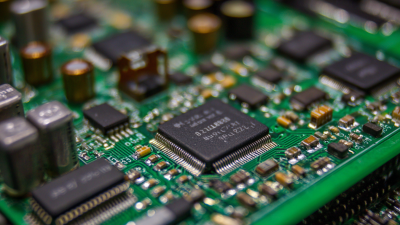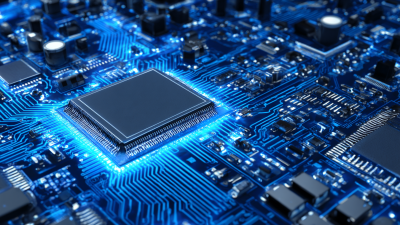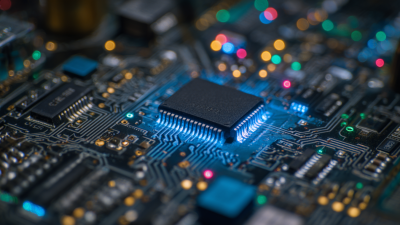As the 138th Canton Fair in 2025 approaches, the spotlight turns towards the transformative advancements in the realm of PCB printed circuit boards. This iconic trade event stands as a pivotal platform for showcasing the latest innovations and trends that are shaping the future of electronics and connectivity.

At the 138th Canton Fair in 2025, the spotlight will shine brightly on the evolution of PCB technology, showcasing key innovations that are reshaping the landscape of printed circuit boards. According to a recent report from MarketsandMarkets, the PCB market is projected to reach USD 85.06 billion by 2025, driven largely by advancements in miniaturization and the increasing demand for higher processing speeds. This trend is being reflected in innovations such as flexible PCBs and HDI (High-Density Interconnect) boards, which allow for more complex and compact circuit designs.
One of the most noteworthy developments to watch in 2025 is the integration of AI and IoT capabilities into PCB manufacturing. A study by ResearchAndMarkets indicates that the adoption of smart PCB technologies could improve production efficiency by up to 30%. Moreover, with the rising importance of environmentally friendly practices, the industry is seeing a shift toward eco-friendly materials and processes. Companies are investing significantly in R&D to develop sustainable alternatives, aiming for lower emissions and reduced waste. These innovations not only enhance product performance but also align with the growing global emphasis on sustainability in tech manufacturing.
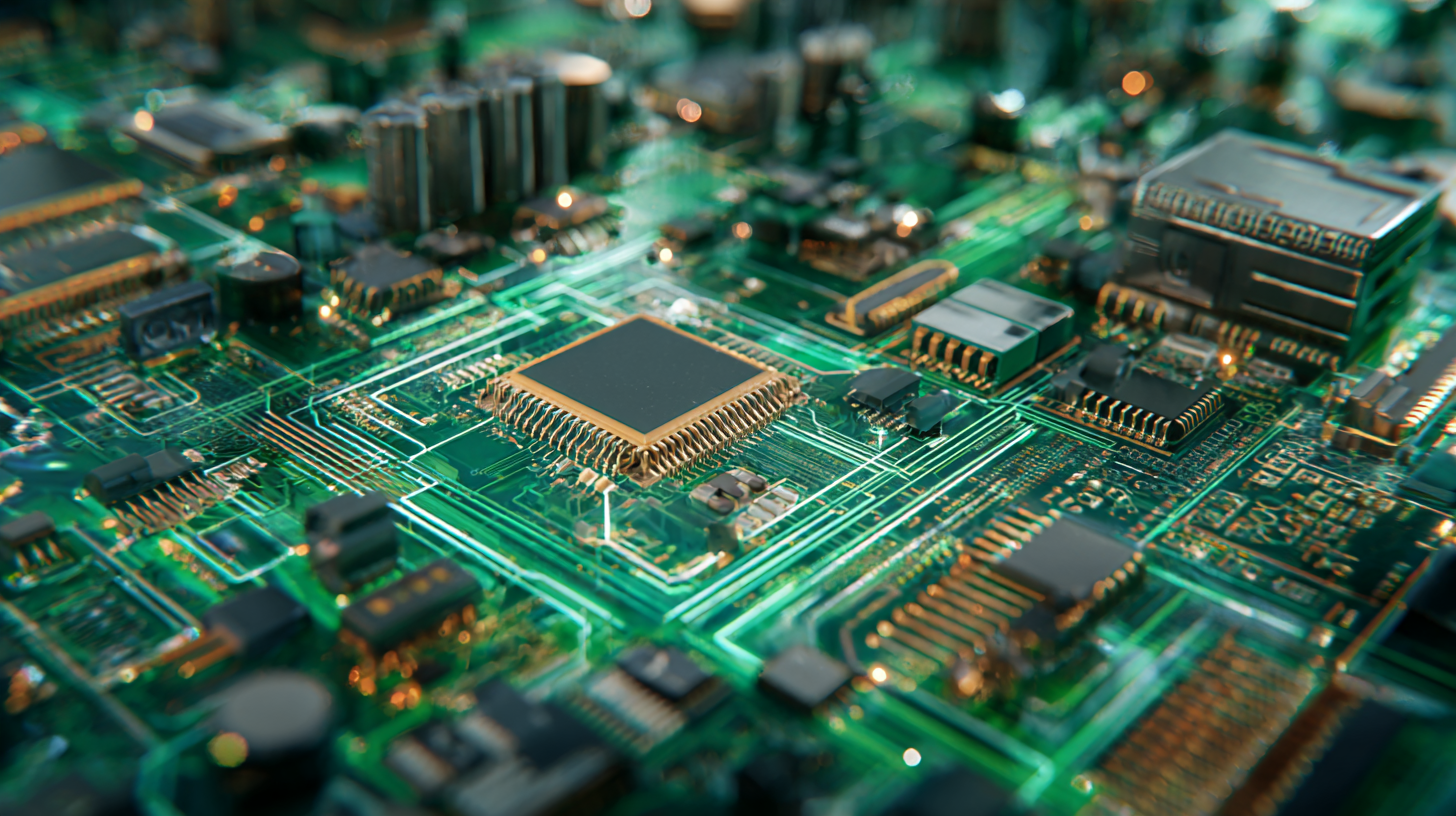
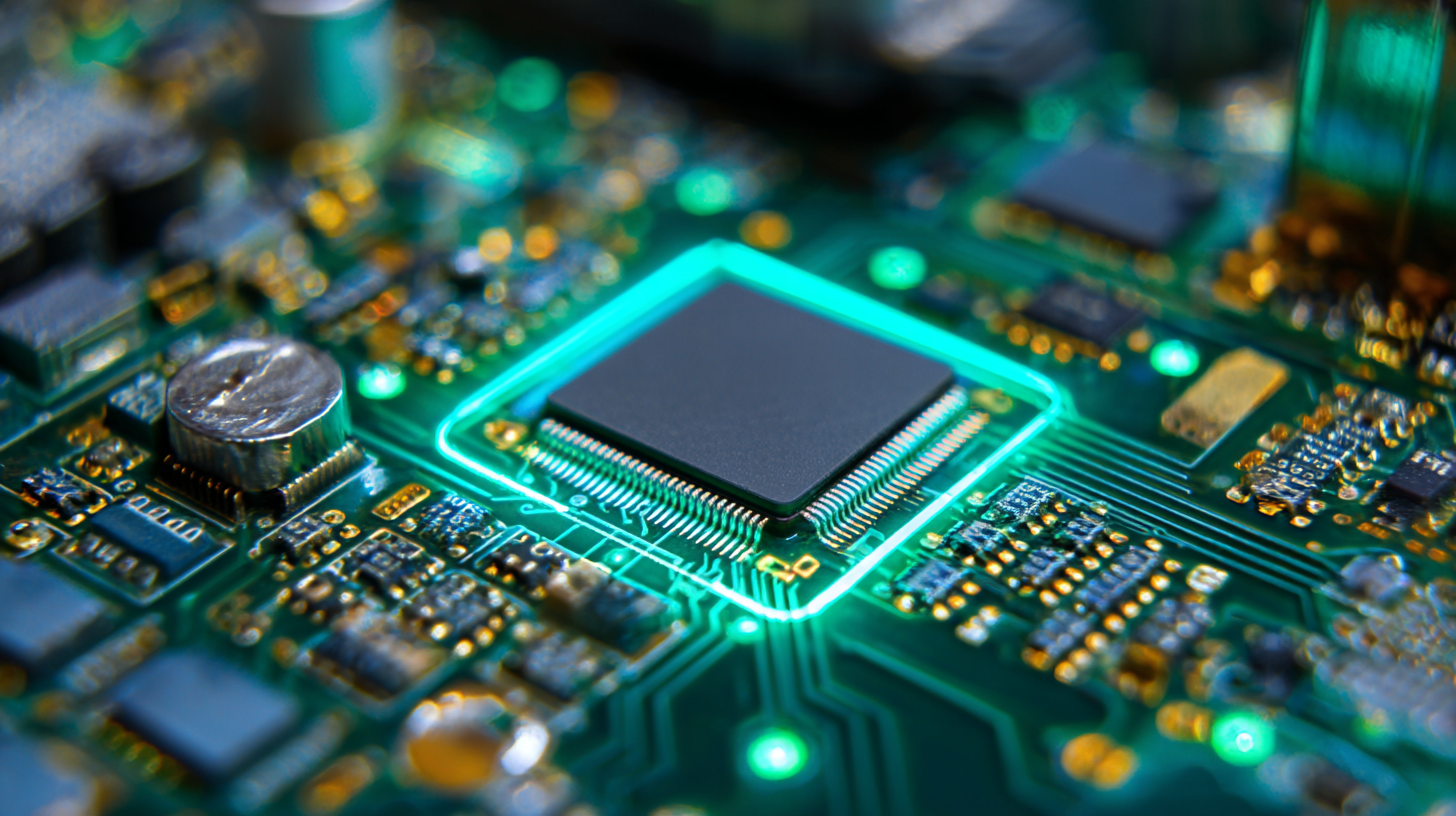 The global printed circuit board (PCB) industry is poised for significant growth, with a projected compound annual growth rate (CAGR) of 7.1% by 2025. This growth can be attributed to the increasing demand for advanced electronic devices and innovations in technology. As industries such as automotive, telecommunications, and consumer electronics continue to evolve, the need for high-performance PCBs that support advanced functionalities becomes crucial. This trend highlights the growing importance of PCBs in driving technological advancements and the need for manufacturers to adapt and innovate.
The global printed circuit board (PCB) industry is poised for significant growth, with a projected compound annual growth rate (CAGR) of 7.1% by 2025. This growth can be attributed to the increasing demand for advanced electronic devices and innovations in technology. As industries such as automotive, telecommunications, and consumer electronics continue to evolve, the need for high-performance PCBs that support advanced functionalities becomes crucial. This trend highlights the growing importance of PCBs in driving technological advancements and the need for manufacturers to adapt and innovate.
Tip: When exploring opportunities in the PCB industry, consider the benefits of investing in research and development. Staying ahead in technology can lead to enhanced product offerings and greater competitiveness in the market.
Moreover, the 138th Canton Fair in 2025 will serve as a prime platform for stakeholders in the PCB sector to come together, showcase innovations, and discuss emerging market trends. Exhibitors and attendees will gain invaluable insights into consumer demands and technology shifts that can shape future business strategies. This event is not just a networking opportunity, but a chance to explore collaboration that could leverage the projected industry growth.
Tip: Engage in meaningful conversations at the Canton Fair by preparing specific questions about emerging technologies and market needs. This approach will help you connect with potential partners and gain deeper insights into market opportunities.
At the 138th Canton Fair in 2025, the spotlight will shine on the critical transformation in the PCB (Printed Circuit Board) industry, particularly regarding sustainability. As environmental concerns escalate, manufacturers are adopting eco-friendly practices to reduce their carbon footprint. Industry reports indicate that the demand for sustainable PCB materials has surged by 15% in the past year alone, making it imperative for companies to innovate. Sustainable materials like biodegradable substrates and lead-free soldering are gaining traction, ensuring that PCB production aligns with global environmental standards.
One key practice for achieving sustainability in PCB manufacturing is the implementation of closed-loop systems that minimize waste. According to a recent study, companies that adopt such systems can reduce their waste by up to 30%, significantly lowering their environmental impact. Additionally, utilizing renewable energy sources in the manufacturing process not only decreases greenhouse gas emissions but also appeals to consumers who are increasingly prioritizing sustainability.
Tips for PCB Manufacturers:
As we approach the 138th Canton Fair in 2025, the evolution of printed circuit boards (PCBs) is set to redefine the landscape of technology, especially through the integration of Internet of Things (IoT) and smart devices. The future applications of PCBs are extensive, acting as the backbone for connectivity and interaction among devices. Smart homes, healthcare solutions, and industrial automation rely heavily on advanced PCBs to facilitate seamless communication and data exchange. This digital transformation is not just about interconnected devices; it enhances efficiency and user experience.
**Tips:** When designing PCBs for IoT applications, prioritize accessibility and scalability. Opt for modular designs that can easily adapt to future upgrades or changes in technology. Also, ensure robust testing procedures are in place to guarantee reliability in varying environments, especially for smart devices that operate in diverse conditions.
Additionally, sustainability plays a crucial role in the future of PCB applications. Manufacturers are encouraged to explore eco-friendly materials and processes that not only comply with global standards but also minimize electronic waste. By adopting such practices, the industry can contribute to a greener future while meeting the growing demand for smart devices across various sectors.
**Tips:** Incorporate sustainable materials, such as biodegradable substrates, in PCB designs. Additionally, fostering collaborations with suppliers who prioritize environmental practices can enhance the sustainability profile of your products.
The 138th Canton Fair in 2025 serves as a pivotal platform for PCB manufacturers grappling with significant supply chain challenges. The global electronics market is witnessing unprecedented disruptions due to factors such as resource shortages, fluctuating material costs, and logistical hurdles. These issues not only affect production timelines but also jeopardize the ability of manufacturers to meet the rapidly evolving demands of their clientele.
At this event, industry leaders will explore innovative solutions to navigate these complexities. From leveraging advanced technologies like AI and big data for demand forecasting to establishing more resilient supplier networks, manufacturers are encouraged to rethink their strategies. Collaborative efforts among stakeholders can significantly enhance supply chain efficiency, ensuring that PCB production remains competitive and sustainable in the face of ongoing global uncertainties. Engaging in discussions at the fair will also allow manufacturers to exchange best practices and explore partnerships that can mitigate risks in their supply chains.
| Challenge | Impact on PCB Manufacturers | Proposed Solutions | Future Outlook |
|---|---|---|---|
| Raw Material Shortages | Delays in production and increased costs | Diversifying suppliers and establishing strategic partnerships | Increased resilience in the supply chain |
| Logistics Challenges | Increased shipping times and costs | Optimizing logistics and using technology for tracking | More efficient delivery processes |
| Regulatory Compliance | Higher compliance costs and penalties | Investing in compliance training and resources | Enhanced reputation and reduced liability |
| Technological Advancements | Need for consistent upgrading of capabilities | Investing in R&D and skilled workforce | Staying competitive and innovative |
